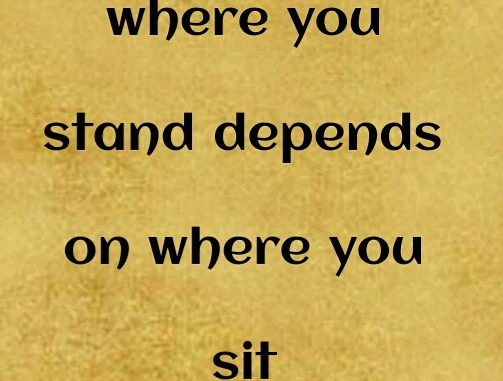
Online journalism is so “complex” and “expansive” (Franklin, 2013, p. 2) that presenters are precluded from being impeccable on all its components, and can only focus on a few factors, such as digital media technology, hypertext, or interaction.
This article compares coverages about 2018 Youth Survey from SBS and from BuzzFeed through Bradshaw (2017) BASIC principles, analyzing three perspectives —- journalism writing, online delivery, technical delivery —- of coverages, and drawing the conclusion that the coverage from SBS outperforms on content, while BuzzFeed’s is more suitable for article circulation and interaction.
Biographical Information
SBS
As a legacy media brand owned by the government of Australia, SBS is a hybrid-funded public broadcasting network with about 80 per cent of funding derived from the government (Jolly, 2007). In October 1977, SBS has been announced as an independent statutory authority for ethnic broadcasting. The service was initially radio-only, then enlarged to TV in 1979. SBS website was launched in 1997, and the digital channel, the World News Channel, was launched in 2002 (SBS, 2015).
Currently, sbs.com.au on average serves near 7 million browsers each month (SBS, n.d.). According to SimilarWeb (2019), sbs.com.au got about 17.53 million visitors mainly from Australia, in which over 85 per cent of visitors enter the site directly or through search. The most attractive categories are New And Media, and TV And Audio.

BuzzFeed
BuzzFeed is one of the world’s leading digital media companies, headquartered in New York City. It is a private firm founded in 2006 by Jonah Peretti and John S. Johnson III to focus on tracking viral content. Originally known for online quizzes, and pop culture articles, the company expanded its site into serious journalism in late 2011 by hiring Ben Smith of Politico as editor-in-chief. Without paywall, ads and paid sponsored posts constitute main parts of BuzzFeed’s revenue (BuzzFeed, n.d.).
BuzzFeed’s biggest tech innovations, according to Lafrance and Meyer (2015), relates to its way of story distribution. It makes readers do partly for the content as contents are easily shareable and quizzes are effortlessly created and shared on mobile. It also tracks contents with incredible precision so to understand how information travels across the web.
Since the article focuses on journalism, BuzzFeed News is considered as an independent website to view its audiences and traffic. According to SimilarWeb (2019), within 23.34 million visitors, mainly from the USA, in the last six month, most come from referrals including BuzzFeed.com, and social media such as Facebook and Twitter. Highly attractive categories in the website are News And Media, and Music And Audio.

Coverages about the 2018 Youth Survey
In this part, two coverages about the Survey (BuzzFeed’s report published on March, 13, and SBS’s report published on March 14) are chosen for detailed analysis from perspectives of journalism writing, online delivery and technical delivery.
Journalism Writing Analysis
In terms of content writing, SBS’s coverage prevails over BuzzFeed’s.
Compared to BuzzFeed’s title “Young Australian Women Are Concerned About Safety And Body Image”, giving a general sense, the title of “One in Two Australian Women don’t Feel Safe Walking Alone at Night” of SBS’s focuses on one piece of information “walk alone at night” in the 2018 Youth Report and points out the most stunning data —- 50 per cent. The expression of “one in two” makes it so proximate and perceptible that readers easily have the sense that a large proportion of friends by their side are feeling unsafe.
The lead of BuzzFeed’s coverage, “Researchers found young women were more stressed about ‘almost every topic’ in the survey” offers another new information other than those in the title. Despite the ambiguity in its lead caused by grammar, BuzzFeed’s one seems to be disjointed to its title and text, as basically only two things, concerns on safety and body image, are presented in the article. Compared to BuzzFeed, SBS’s lead, “New research has found that women aged between 15 and 19 are more concerned about walking home alone after dark than their male peers”, is more outperformed in terms of relevance to the text and “finding the best facts” (Conley, 2002, p. 110) to attract readers.
As for the text, SBS’s report follows a typical inverted pyramid structure with a core of young women’s worry about safety. It starts with the survey’s result and interview, supplements a related case, then presents quotes from the researcher about safety issues, and lists other information in the survey. The flow is coherent and smooth, and all information is provided appropriately. However, BuzzFeed’s coverage is loosely organized by beginning with concerns on the safety issue in the research, mentioning body image after presenting other information in the survey, and turning back to the safety issue at last.
Besides, SBS also gets better credibility by adding links and pictures of original research and interviewing ordinary young woman, the representative of researchers and authority, while BuzzFeed only presents quotes of two ordinary young women.
Online Delivery Analysis
In this part, BASIC principles by Bradshaw (2017) will be used to examine the online delivery of two coverages.
- Brevity
Two reports are equally long, consisting of paragraphs in a similar length. Although the case of a young woman killed in Melbourne in SBS’s report is not necessary, the information is relevant and knitted into the article in a natural way. Thus, two coverages are competitive in Brevity.
- Adaptability
Adaptability, according to Bradshaw (2017), can be considered in two parts: the medium used to adapt the story, and the potential way of readers adapting the content. On the one hand, as for the medium, SBS’s report combines video, text, photos and hypertexts together. Compared to BuzzFeed’s report only adopting text and photos, SBS’s apparently uses more multimedia tools. On the other hand, BuzzFeed enables readers to share articles on Facebook, Twitter, Email, Pinterest, Tumblr, and copy. All pictures in the article can also be shared by one click. While SBS only allows readers to share the article on Facebook and Twitter.


One more thing needs to mention is that when sharing the article on Facebook, BuzzFeed’s cover photos are cut, which affects user experience when adapting the article.
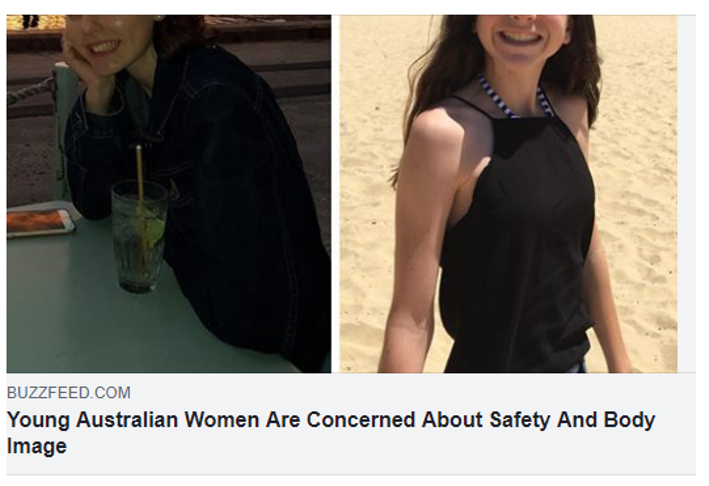
Thus, regarding adaptability, each coverage has its merits.
- Scannability
SBS’s report scores for the clear and unambiguous headline and lead, embedded materials, and hyperlinks. BuzzFeed uses emboldened pull quotes to not only draw the attention but also break up the article. However, SBS’s “read more” sections in the middle of the article, serving as information supplements and break-ups are easily confuse readers and decrease its scannability.
Hence, BuzzFeed ekes out a narrow victory over SBS in Scannability.
- Interactivity
The interactivity of both coverages on webs on the laptop are similar ranked as SBS has hyperlinks and multimedia tools and BuzzFeed has detailed information on journalist profile and comment section (which will be discussed in the next part). However, the distinction appears on the mobile web. As can be seen in figure 6 and figure 7, the mobile web of BuzzFeed apparently encourages readers more to interact both with the content and the media itself.
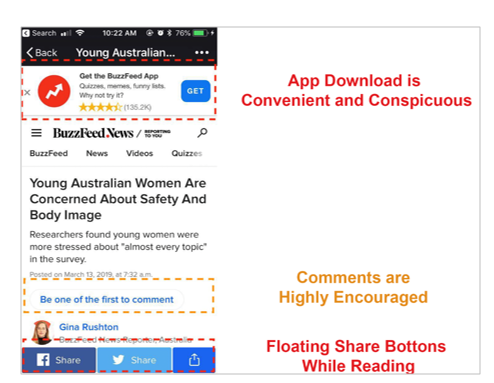

- Community and Conversation
In the BASIC principle, community refers to those who contribute to the coverage. In this sense, SBS maintains a higher quality. But as for the conversation, BuzzFeed is designed to reach a peak. In this report, BuzzFeed not only invites readers to comment on the content but also brings Facebook comments in.
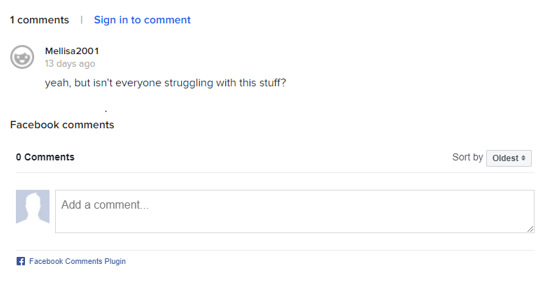
Advantages of the comment section might not be noticeable in this report, but in other highly discussed articles, it can really increase readers’ enthusiasm for engagement and provide a platform to communicate. “Media is a form of communication,” said Jonah Peretti, CEO of BuzzFeed. Apart from this, Buzzfeed’s quizzes make readers do “partly for the content and partly to connect with someone else in their life.” (Peretti, as cited in Lafrance and Meyer, 2015)
In a general view of online delivery, although BuzzFeed’s report is not perfect, it has the edge on a higher potential for article distribution on the Internet and audience engagement.
Technical Delivery Analysis
Generally speaking, two coverages do nicely in technical delivery. However, there are a few problems needed to be pointed out in functionality and usability, for example, the video in SBS’s report cannot be played in the IE Browser, photos in both coverages do not have further information by clicking it, and SBS, unlike BuzzFeed, lacks back-to-top button, which leads to inconvenience to some extent.
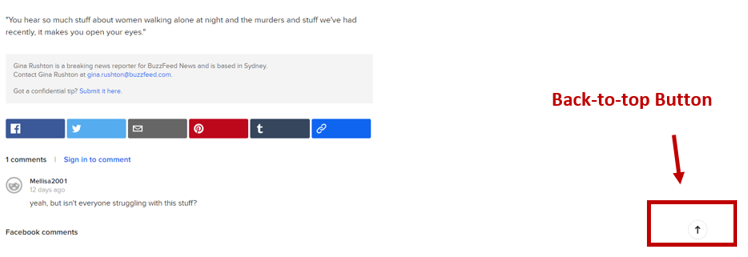
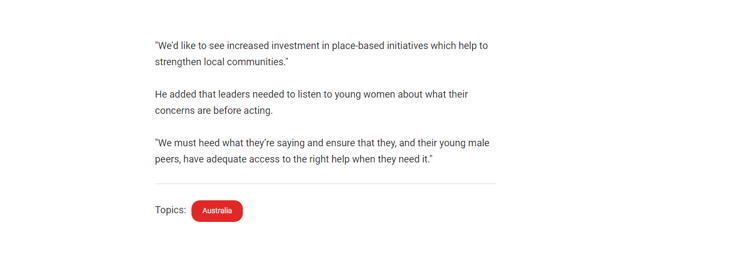
Conclusion
To sum up, SBS has better content with higher credibility and better writing, while BuzzFeed provides a better design and technology for audience engagement and article distribution on the Internet. These features may relate to the nature of SBS and BuzzFeed, where SBS is a legacy media focusing on the facts, and BuzzFeed, as a digital-born media, relies on the Internet and click rates.
References
Bradshaw, P., & Rohumaa, L. (2017). The Online Journalism Handbook: Skills to survive and thrive in the digital age. Retrieved from https://ebookcentral-proquest-com.ezproxy1.library.usyd.edu.au
BuzzFeed. (n.d.). About BuzzFeed. Retrieved from https://www.buzzfeed.com/about
Conley, D. (2002). The lead: Will the reader follow? In The Daily Miracle: An introduction to journalism (pp. 104-123). Melbourne, Australia: Oxford University Press.
Franklin, B. (2013). Editorial. Digital Journalism, 1(1), 1-5. doi: 10.1080/21670811.2012.740264
Jolly, R. (2007). Special Broadcasting Service (SBS): Operations and funding. Retrieved from https://www.aph.gov.au/About_Parliament/Parliamentary_Departments/Parliamentary_Library/Publications_Archive/archive/SBS
Lafrance, A., & Meyer, B. (2015, April 15). The Eternal Return of BuzzFeed: What the online juggernaut can learn from Time, USA Today, and MTV. Retrieved from https://www.theatlantic.com/technology/archive/2015/04/the-eternal-return-of-buzzfeed/390270/
SBS. (2015). A Brief History of SBS. Retrieved from https://www.sbs.com.au/news/a-brief-history-of-sbs
SBS. (n.d.). About Us: Our story. Retrieved from https://www.sbs.com.au/aboutus/our-story/
SimilarWeb. (2019, Feburary). Traffic Statistics of buzzfeednews.com. Retrieved from https://www.similarweb.com/website/buzzfeednews.com#overview
SimilarWeb. (2019, Feburary). Traffic Statistics of sbs.com.au. Retrieved from https://www.similarweb.com/website/sbs.com.au#overview

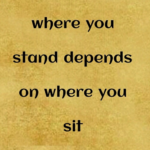
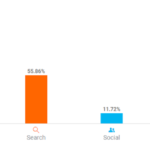
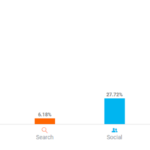
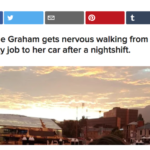
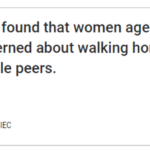

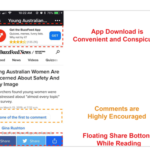
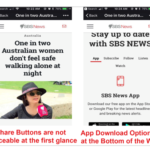
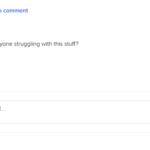
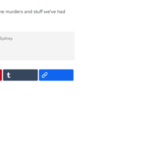
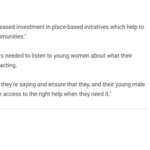




Be the first to comment